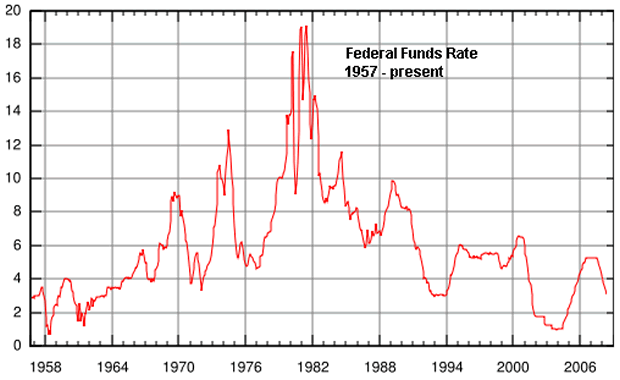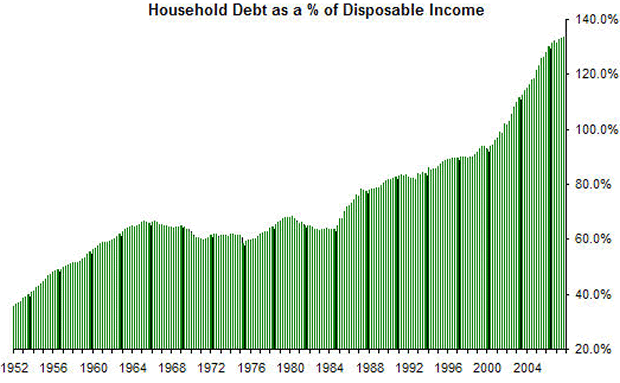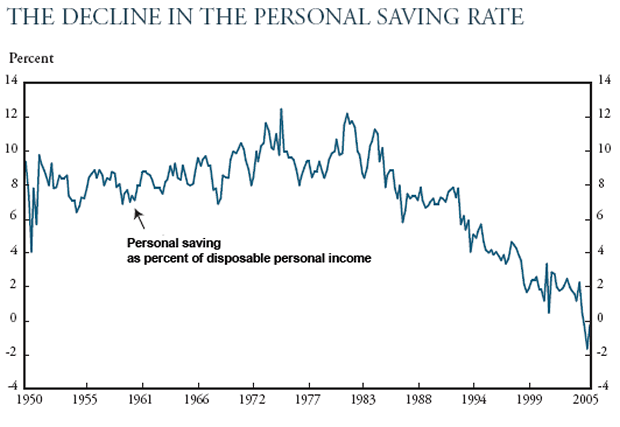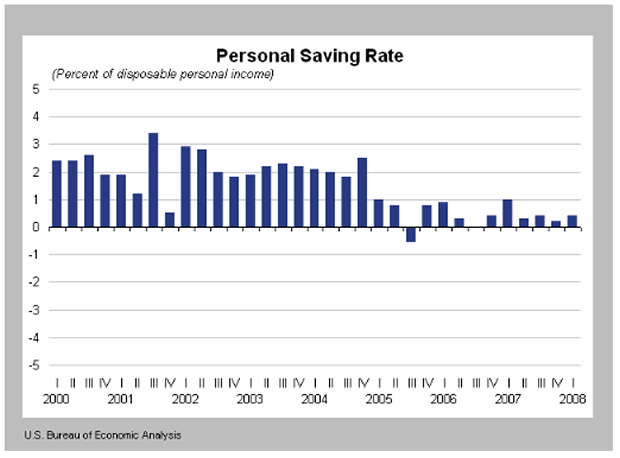Fed Massive Injections of Liquidity to Fuel Surging Inflation
Interest-Rates / Inflation Jul 31, 2008 - 02:28 PM GMTBy: Michael_Pento
 It amazes me how many investors are now concerned about a deflationary spiral occurring in commodity prices. They site oil prices that are slightly off all time highs or a falling CRB index as their examples. While it is true many commodities are off historic highs, it is hardly reasonable to project a continuation of falling asset prices given the state of the banking sector and the consumer.
It amazes me how many investors are now concerned about a deflationary spiral occurring in commodity prices. They site oil prices that are slightly off all time highs or a falling CRB index as their examples. While it is true many commodities are off historic highs, it is hardly reasonable to project a continuation of falling asset prices given the state of the banking sector and the consumer.
I know that sounds counterintuitive given the current state of the credit crisis, but it is exactly that crisis and the Fed's response to it, which will soon forge the path to inflation rates the likes of which have never before been experienced in this country's history. The most important question investors must ask themselves is how inflationary is the current 2% Fed Funds rate?
In a real economy, low interest rates are the product of a high savings rates. When consumers defer consumption, banks find themselves flush with cash, they then lower rates to attract consumers to take on new debt. Likewise, when banks are short on funds they raise rates in order to preserve capital. This is the natural flow of interest rate cycles. But under a fiat currency system, as we made the mistake of embracing in 1971, all logic leaves the system. To give you a historical perspective, look at the chart below of the Fed Funds rate since 1958.

Source: TradersNarrative.com
We see from the above chart that the key overnight lending rate is at its lowest point since the years immediately after 9/11. And before that emergency rate was achieved, you have to go back to 1962 to find a commensurate level. It is important to remember that 46 years ago we did not have a 100% fiat currency system, so the 2% rate was a much more realistic and natural level of interest to charge. Notice most importantly, the long term trend of falling interest rates after Paul Volker took rates above 18% in the early 80's. His mission was clear, to absorb the excess liquidity in the banking system and economy.
The next chart below shows our love affair with consumption and debt rather than savings. Keep in mind the government seems to want to promote more of this behavior at any cost. For example, this summer's stimulus checks were unpaid for and temporary in nature. Since producers don't change long term production plans, these temporary gimmicks only promote inflation and increase deficits. In fact, recent official projections are that the deficit will reach $490 billion in 2009.

Source: Federal Reserve Bank of Kansas City
The key metric here is that total debt as a percentage of disposable income was a mere 60% back in 1962. Today, we have debt levels at an all time high of 135% of disposable income and growing at unprecedented rates. The Fed must be very careful not to have rates rise too high and choke off the ability of consumers to service their debt.
The last two charts below show the decline in the personal savings rate. The first shows the decline from 1950-2005 and the second is a close up view of the last 8 years. This illustrates just how artificial and inflationary a 2% Fed Funds rate is.

Source: US Department of Commerce

Source: US Bureau of Economic Analysis
According to the National Income Product Accounts (NIPA), we find that back in the early 1960's consumers saved about 8% of their disposable income. During the early 1970's it averaged about 9.5% and in the early 1980s it averaged close to 10.5%. Today we save about zero % of our after tax income. The savings trend of the American consumer is in a free fall yet we find that interest rates have followed that downtrend lower!
These statistics hammer home the point of how unrealistically low a 2% funds rate is today. It can only be achieved by massive injections of fiat money printing from the Federal Reserve. Since consumers are mired in record debt and are not adding to their savings, the Fed has been the sole provider of banking liquidity.
We have seen this play before. After the bursting of the equity bubble in 2000, the economy entered a slowdown that was combated by the Fed with a 1% Funds rate. A short and shallow recession ensued but was followed by the biggest bubble in our history—the real estate frenzy. While it is possible commodities may experience a continued pullback after their record advance, I believe it should be welcomed as an opportunity to purchase them at bargain prices. These ersatz interest rates have always led to inflation and will continue to do so to an even greater degree in the future.
Those that are in charge of our economy have come to the conclusion that the only way out of the collapse of this latest asset bubble is to create another one. This time however, the consumer is completely without any added savings. Therefore, the ridiculously low rate of 2% is more inflationary than at any time in our history. The Fed has come to believe that the economy cannot tolerate a real interest rate because debt on the private and public level has become intractable. Knowing this, can you really start believing in a 1930's style deflation? Protect yourself by owning something the government can't devalue by decree. Unless the government perfects alchemy, buy gold.
Michael Pento
Senior Market Strategist
Delta Global Advisors
800-485-1220
mpento@deltaga.com
www.deltaga.com
With more than 16 years of industry experience, Michael Pento acts as senior market strategist for Delta Global Advisors and is a contributing writer for GreenFaucet.com . He is a well-established specialist in the Austrian School of economic theory and a regular guest on CNBC and other national media outlets. Mr. Pento has worked on the floor of the N.Y.S.E. as well as serving as vice president of investments for GunnAllen Financial immediately prior to joining Delta Global.
Michael Pento Archive |
© 2005-2022 http://www.MarketOracle.co.uk - The Market Oracle is a FREE Daily Financial Markets Analysis & Forecasting online publication.



